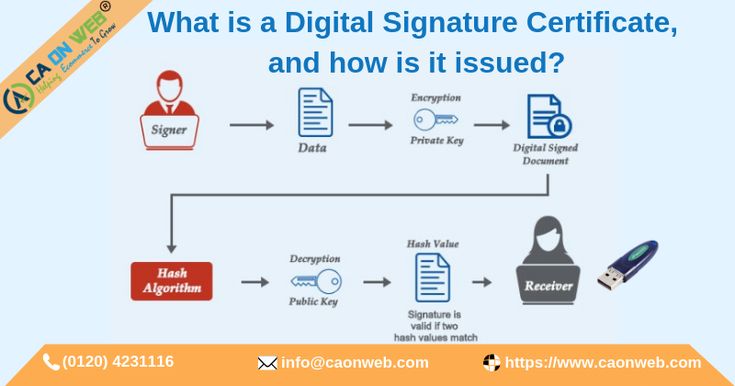In an increasingly digitized world, the reliance on digital communication and transactions has surged. Amid this transformation, the necessity for verified identity and integrity in electronic documentation has become paramount. Enter the Digital Signature Certificate (DSC), a critical tool that authentically validates identities and ensures the security of digital engagements.
A Digital Signature Certificate serves as an electronic equivalent of a physical signature or a stamped seal. It binds an individual’s identity to their electronic documents, thus providing a mechanism to ascertain the authenticity and integrity of information exchanged online. To comprehend the importance of DSCs, it becomes essential to dissect how they function.
At the core of a Digital Signature Certificate is asymmetric encryption, a cryptographic technique that utilizes a pair of keys: a private key and a public key. The private key remains with the individual using the certificate, while the public key is distributed widely. When a digital document is signed using the private key, the signature is generated, which incorporates both the document’s content and the private key used for signing, creating a unique hash value.
This process begins when an individual wants to sign a document. The first step involves creating a hash of the document using a hash function, which generates a fixed-size string of characters proportional to the original document’s size but significantly smaller. This hash is then encrypted with the signatory’s private key. The combination of the encrypted hash, the signing algorithm, and the signatory’s public key forms the digital signature.
Upon receipt of the signed document, the recipient can verify its legitimacy by decrypting the signature using the signatory’s public key. This action retrieves the original hash, which can then be compared with a newly generated hash of the document. If both hashes match, it confirms that the document has not been altered and affirms the identity of the signer, thus establishing the document’s authenticity.
While this technical explanation clarifies the mechanisms at play, the underlying fascination with Digital Signature Certificates lies in their pivotal role in digital security and trust. With the rise of cybercrimes, including identity theft and document forgery, individuals and businesses require more robust mechanisms to safeguard sensitive information. A Digital Signature Certificate not only secures personal or organizational data but also fosters trust in electronic transactions, facilitating smoother interactions between parties.
Furthermore, the legal implications of electronic signatures have evolved significantly. In many jurisdictions, documents signed with a Digital Signature Certificate are considered legally binding, analogous to traditional signatures. This evolution in legislation underscores the necessity for DSCs in the corporate world, where agreements, contracts, and invoices increasingly traverse digital channels.
Among the various applications of Digital Signature Certificates, one cannot overlook their significance in government services. Many government entities offer e-filing options or require electronic submissions for tax returns, applications, and certifications. In such contexts, a DSC is often mandatory, ensuring that the documents submitted are both authentic and confidential.
The global business landscape has also transformed with the integration of DSCs. Multi-national corporations rely on these certificates to secure communications among worldwide branches, ensuring that sensitive contractual discussions remain private and untampered. They are equally crucial in the realms of finance and healthcare, where sensitive data must remain confidential and secure from potential breaches.
However, the implementation of Digital Signature Certificates also presents challenges. The reliance on public key infrastructure (PKI) to issue and manage these certificates necessitates trust in Certificate Authorities (CAs). These authorities validate the identity of applicants before issuing DSCs, making their integrity crucial for the entire ecosystem to function correctly. The compromise of a CA can lead to dire consequences, including a loss of trust in the digital signature systems as a whole.
Moreover, the process of obtaining a DSC can be cumbersome, as it often requires specific identification documents and adherence to regulatory standards. This complexity can deter small businesses or individual users from securing their digital communications, potentially leaving them vulnerable to cyber threats. In light of these challenges, ongoing education about the importance and benefits of DSCs can empower users to embrace this essential security tool.
In conclusion, as the world gravitates towards a more interconnected digital framework, the relevance of Digital Signature Certificates cannot be overstated. They serve as a cornerstone of trust in electronic transactions, enabling authenticity and integrity while safeguarding sensitive information. Understanding how DSCs work and recognizing their importance in the broader landscape of digital security is crucial for individuals and businesses alike. As reliance on digital interactions continues to rise, embracing technologies like Digital Signature Certificates not only enhances personal security but reinforces a collective commitment to maintaining integrity in our increasingly digital existence.








Leave a Comment